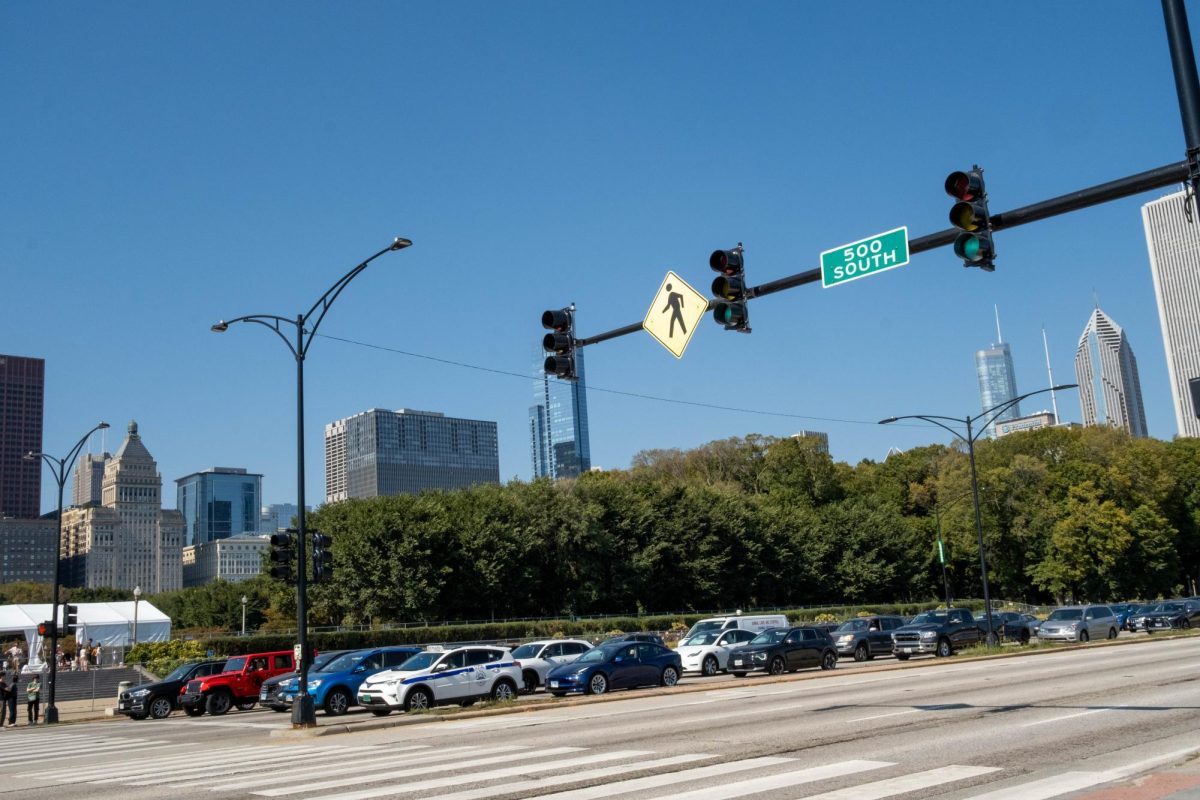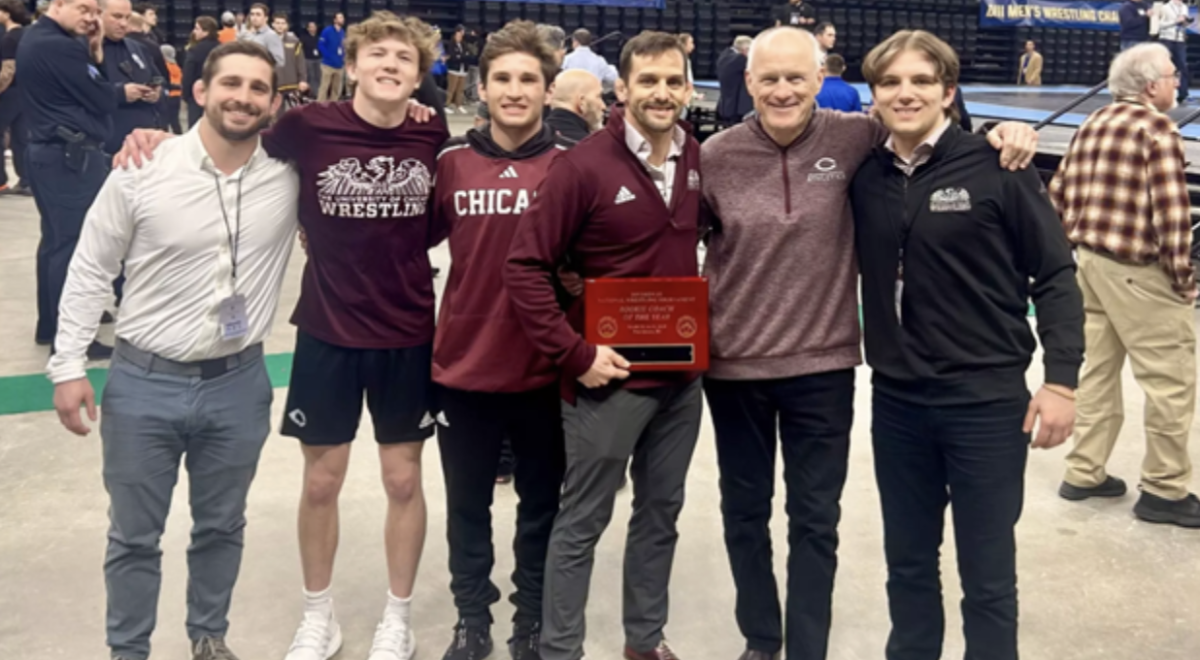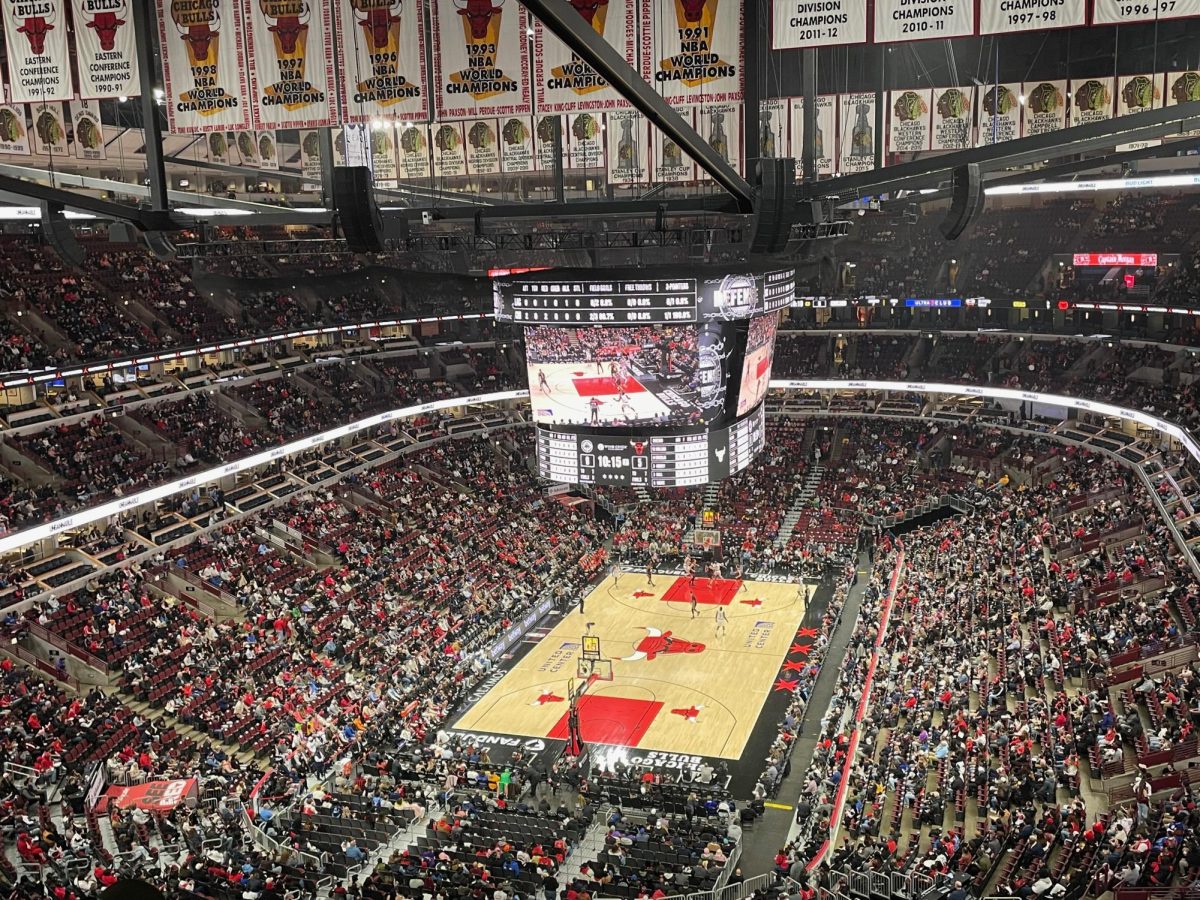As the third annual NASCAR Chicago Street Race swept the streets of Chicago on July 5, engines roared through Grant Park. Months later, it is evident that this event is more than just a motorsport novelty, having emerged as a prominent feature of Chicago’s summer scene.
Van Gisbergen’s Historic Weekend Swap
Shane van Gisbergen, of Trackhouse Racing, made history by winning the Xfinity Series “Loop 110” on July 5, and the Cup Series “Grant Park 165” on July 6. His dominance on the difficult street circuit in Chicago was cemented with this uncommon doubleheader sweep. Because of the physical demands of back-to-back races, the differences in the setup and handling of the Xfinity and Cup cars—requiring drivers to quickly modify their approach and manner—and the particular pressure of racing on a temporary street course with limited margins for error, winning both races on consecutive days is an extremely impressive accomplishment.
Narrow and harsh street courses like Chicago’s are especially challenging, as one tiny mistake can make or break the race. Only one other driver—Kyle Busch in 2016—has ever accomplished a similar sweep. Moreover, van Gisbergen’s achievement is among the most remarkable in recent NASCAR history, as he is the first to accomplish it on a street track.
Drama, Debris, and Debates
Grant Park’s constrained layout proved to be tough on drivers. The 2.2-mile street course followed winding downtown streets with concrete barriers, sharp turns, and limited space for mistakes. It was one of the most technically hard tracks on the NASCAR calendar, requiring both driver talent and an advanced car setup due to bumpy pavement, elevation changes, and blind bends.
Although there were a number of incidents at the Cup Series Grant Park 165’s intricate street circuit, the most noteworthy was a spectacular Lap 64 pileup that included prominent competitors Ross Chastain, Austin Cindric, Kyle Larson, and Joey Logano, all of whom came into the weekend as real contenders for the victory. Former NASCAR Cup winners Logano and Larson were anticipated to compete for the top positions on Chicago’s constrained layout, while Chastain and Cindric were expected as challengers due to their previous impressive results. Bubba Wallace and Alex Bowman’s high-stakes race later on showed how the circuit’s tight corners and close margins may exacerbate tensions. The two fought for a spot in the top 10, coming dangerously near to hitting the wall with their aggressive actions. There was no room for error on the street track, which forced the pair to make quick decisions under extreme pressure. These moments nearly turned into race-ending situations for both drivers.
Due to NASCAR’s slow response times, particularly in the 30 seconds after driver Cody Ware lost control on the rain-slick course and crashed into a tire barrier, the race even triggered a new conversation about safety measures for street racing. Specifically, this race highlighted flaws in emergency protocols and track safety. Such a delay in emergency response is crucial in NASCAR competitions, where accidents can happen at any second and on-track conditions can shift in an instant. Slow responses not only elevate the possibility of additional collisions but also cast doubt on safety teams’ ability to react in high-stress, urban street race situations.
Community and Economic Ripples
By July 7 and 8, the takedown process was advancing quickly. In the early hours of the morning, major routes started to reopen, and, by July 11, everything was back to normal. While the first year of Chicago NASCAR caused 43 days of street closures, 2025 yielded just 25. Yet, some locals and city officials criticized even that shortened schedule, claiming that weeks of restricted access to Grant Park and important downtown streets still disrupted summer events, tourism, and daily commutes, especially during the hectic holiday season.
Last year, the event brought nearly 53,000 unique visitors, a 29 percent increase in hotel stays from the previous year, and an estimated $128 million in beneficial economic impact. However, while local eateries, lodging facilities, and sellers celebrated the economic boom, locals expressed worries about street closures, noise, and disturbances over the hectic Fourth of July weekend.
Navigating the Future: Time for Change
As NASCAR and municipal officials assess the Chicago Street Race’s future, having already confirmed that the race will be paused in 2026 with a potential return set for 2027, many important topics from this year’s competition will influence future decisions. Although he has stated that he is open to reviving the race, Mayor Brandon Johnson has proposed delaying the race until after the Fourth of July weekend going forward to reduce the burden on law enforcement, city services, and citizens who are already overburdened by holiday traffic.
Similarly, residents have expressed worries regarding extended street closures, disruptions to local customs like the Taste of Chicago, and restricted accessibility, despite the apparent economic boost.
Going forward, NASCAR needs to combine its fierce excitement with more open planning, more local involvement, and a more community-friendly schedule if it wants the race to transition from spectacle to tradition. Although NASCAR’s recent $5 million investment in youth programs and neighborhood projects is encouraging, the goodwill must be maintained if the race is to continue to be a part of Chicago’s summer landscape for many years to come.
Most importantly, however, if NASCAR hopes to remain credible in an urban environment, it must also address concerns about safety procedures, especially those related to wet-weather racing and emergency response times.
Final Lap: Tradition or Tread?
This year’s Chicago Street Race demonstrated the world-class nature of racing. With the economic report and crowds to support it, Chicago must decide whether this is a genuine sporting tradition or just a Hollywood blockbuster. With a multi-year contract decision approaching after the expiration of the original three-year contract at the end of this year’s race, the future of these races hinges on whether the upcoming NASCAR weekend can bring about safer execution, more intelligent scheduling, and more meaningful community involvement. If those marks are missed, NASCAR’s presence in Grant Park may lose momentum. However, if standards are met, Chicago’s excitement this summer may fuel decades of future excitement.









